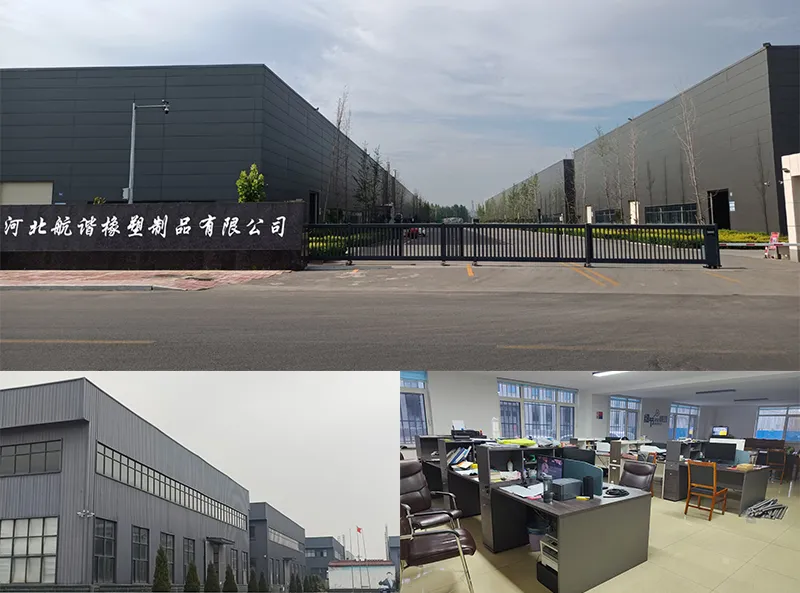High-Quality Melamine Edging Strip for Durable Finishing
The Versatility of Melamine Edging Strips
In the world of interior design and furniture manufacturing, attention to detail can make or break a project. One often-overlooked component that plays a significant role in finishing touches is the melamine edging strip. This seemingly simple decorative element holds immense value in enhancing the overall appearance and durability of furniture and cabinetry.
Melamine edging strips are narrow bands made from melamine resin, a synthetic material known for its strength and versatility. These strips are commonly used to cover the raw edges of particleboard, MDF (medium-density fiberboard), or plywood. By applying melamine edging, manufacturers can not only achieve a polished look but also protect the core materials from moisture, stains, and physical wear, ensuring a longer lifespan for furniture pieces.
One of the key advantages of melamine edging strips is their aesthetic appeal. They come in various colors and finishes, making it easy for designers to match or contrast with the main surface of the furniture. Whether opting for a sophisticated wood grain, a sleek matte finish, or a vibrant shade, melamine strips can enhance the visual harmony of any design. This versatility allows furniture manufacturers to cater to diverse consumer preferences, accommodating various styles, from modern minimalism to rustic charm.
melamine edging strip

Moreover, the application of melamine edging strips is a straightforward process. Furniture makers typically employ hot-melt adhesive to bond the strips to the edges of the boards. This efficient method ensures a strong bond that can withstand daily wear and tear. Additionally, modern machinery allows for precise cutting and trimming, resulting in seamless edges that enhance the overall craftsmanship of the furniture. With the right tools and techniques, even DIY enthusiasts can successfully apply melamine edging, making it accessible for various projects.
Cost-effectiveness is another significant benefit of using melamine edging strips. Compared to solid wood or veneer edges, melamine strips provide an economical solution for achieving a high-end appearance without the hefty price tag. This affordability has made them a popular choice among both manufacturers and consumers, especially in budget-conscious markets.
As sustainability becomes a growing concern in the furniture industry, melamine edging strips offer an attractive option for eco-friendly practices. Many manufacturers source their melamine from recycled wood fibers, reducing the environmental impact compared to using solid wood. Furthermore, the durability of melamine ensures that furniture lasts longer, reducing the need for replacements and waste.
In conclusion, melamine edging strips are not just an afterthought in furniture design; they are a functional and aesthetic enhancement that contributes to the longevity and appeal of products. As furniture styles continue to evolve, the importance of quality edging cannot be overstated. From professional manufacturers to DIY projects, melamine edging strips stand out as a practical, stylish, and sustainable choice for creating beautiful and durable furniture, proving that even the smallest details can have a significant impact on the overall outcome.
-
Under Door Draught Stopper: Essential ProtectionNewsJul.31,2025
-
Garage Door Seal and Weatherstrips for ProtectionNewsJul.31,2025
-
Edge Banding Tape for Perfect EdgesNewsJul.31,2025
-
Table Corner Guards and Wall Corner ProtectorsNewsJul.31,2025
-
Stair Nose Edging Trim and Tile Stair SolutionsNewsJul.31,2025
-
Truck Bed Rubber Mats for Pickup BedsNewsJul.31,2025
-
Window Weather Stripping for Noise ReductionNewsJul.29,2025